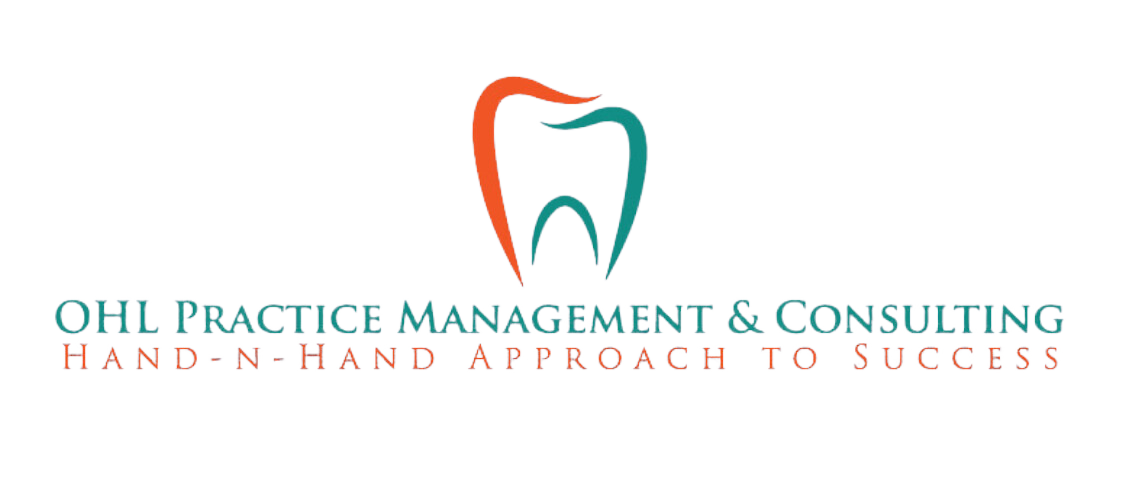“When it comes to patient care, working together isn’t optional—it’s essential.”
Sleep apnea doesn’t live in a silo. It touches every part of a person’s life—physically, mentally, emotionally—and effective treatment requires more than a single provider or specialty. That’s why the most successful care models for obstructive sleep apnea (OSA) aren’t built on isolated interventions. They’re built on interdisciplinary collaboration.
And increasingly, that collaboration includes the dental team.
At Ohl Practice Consulting, we help dentists and physicians work better together to manage sleep apnea as part of a coordinated, patient-centered system. Because when dental teams understand their role—and when medical teams trust the process—outcomes improve, compliance goes up, and patients start sleeping again.
This article explores what interdisciplinary sleep apnea care looks like in real life. From referral workflows to treatment coordination and everything in between, we’re breaking down how dental and medical professionals can become true partners in restoring healthy sleep.
Why Sleep Apnea Demands a Team-Based Approach
Sleep apnea is a systemic issue. It’s not just about snoring or fatigue. It’s about oxygen deprivation, cardiovascular risk, metabolic strain, and mental exhaustion.
Treating it well means addressing anatomy, breathing patterns, sleep architecture, and behavior. And no single provider—not even a sleep physician—can do all that alone.
In many cases, patients don’t even realize they have sleep apnea. They show up at their dentist’s office complaining of jaw tension, clenching, dry mouth, or headaches. These are often signs of disrupted sleep. The dentist notices a narrow airway, a scalloped tongue, or signs of bruxism and starts to suspect OSA. But at that point, we’re still early in the process. Diagnosis requires a sleep study. Ongoing care may include CPAP therapy, oral appliances, or even surgery.
This is why collaboration matters so much. Dentists, physicians, sleep specialists, ENTs, and even therapists all play a role in helping patients breathe—and live—better.
Where Dental Sleep Medicine Fits In
Dental sleep medicine is a specialized branch of dentistry focused on treating OSA through oral appliance therapy (OAT). These custom-fitted devices, worn at night, gently reposition the jaw or tongue to keep the airway open during sleep.
For patients who can’t tolerate CPAP—or who have mild to moderate OSA—oral appliances are often a game-changer. They’re comfortable, discreet, portable, and backed by growing research. But their success depends on more than the device itself. It depends on proper screening, accurate diagnosis, collaborative planning, and ongoing adjustments.
That’s where interdisciplinary care comes in.
Dentists aren’t trying to replace sleep physicians. Instead, they’re becoming vital partners. When dental teams are trained in airway evaluation and equipped with solid referral workflows, they become an essential part of the diagnostic process. And when they’re looped into treatment planning, they can offer a long-term solution patients will actually stick with.
Building the Referral Relationship
Let’s be honest—referrals between dentists and physicians haven’t always been smooth. In many markets, there’s confusion about roles, scopes of practice, and even billing responsibilities. That’s why Ohl Practice Consulting works closely with dental teams to build smart, compliant systems that clarify who does what—and when.
It all starts with screening. During a hygiene visit or new patient exam, the team identifies potential airway risk based on anatomical signs and patient history. Instead of jumping into treatment, they pause. They explain the possibility of sleep-disordered breathing and recommend a sleep study.
This is where trust and communication matter most. The dental team refers the patient to a sleep physician for diagnosis—either for a home sleep test or in-lab polysomnography. They include relevant documentation and keep the patient informed at every step.
Once the sleep physician confirms the diagnosis and severity, they determine the best treatment path. If the patient is a candidate for OAT, the physician refers them back to the dentist. And the dentist gets to work.
This two-way street ensures that treatment isn’t fragmented. It builds a care loop. One where everyone knows their role—and the patient stays at the center.
Coordinating Treatment: One Plan, One Team
Once the patient begins treatment, the collaboration doesn’t stop.
The dental provider fits the oral appliance, adjusts it over time, and monitors patient comfort and symptom relief. They often order a follow-up sleep study to confirm the device is working. If it’s not, they tweak the position, modify the fit, or, in some cases, refer the patient back to the physician to explore additional options.
Throughout this process, ongoing communication is key. The dentist and sleep physician stay in touch. Notes are shared. Outcomes are tracked. The patient doesn’t feel like they’re bouncing between providers—they feel like they have a team.
That kind of trust-based care doesn’t just improve outcomes. It improves compliance. It strengthens relationships. And it builds a reputation for everyone involved.
Getting Dental Teams Ready
You can’t offer collaborative care without proper training. At Ohl, we walk practices through every step of building a dental sleep medicine program—from airway screening and medical billing to physician partnerships and patient education.
We don’t believe in “selling” oral appliances. We believe in solving airway problems together—ethically, legally, and effectively.
That means knowing how to document referrals. How to communicate with physicians. How to stay in your lane while still playing an active role in care. It also means understanding your state’s scope of practice and ensuring your team is fully trained and credentialed.
The result? Confident providers. Better patient care. And a practice that’s known for more than teeth—it’s known for helping people finally sleep through the night.

